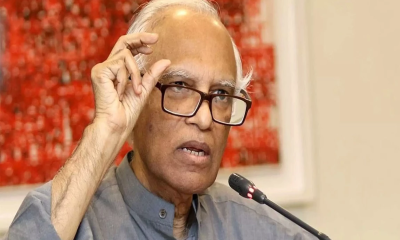Bangladesh has moved up one position in the United Nations Development Programme’s (UNDP) latest Human Development Index (HDI), ranking 130th out of 193 countries and territories in the 2025 report.
The advancement reflects a slight improvement in the country`s overall human development performance.
The report, titled “A Matter of Choice: People and Possibilities in the Age of Artificial Intelligence”, draws on 2023 data and was released on Tuesday.
Bangladesh’s HDI score rose from 0.680 in 2022 to 0.685 in 2023, placing it in the medium human development category. The country is now nearing the high human development threshold of 0.700.
The HDI is a composite index that assesses progress in three key areas: life expectancy, education, and standard of living.
Since 1990, Bangladesh has maintained an average annual HDI growth rate of 1.67 percent.
Key indicators for Bangladesh in the report include a life expectancy of 74.7 years (76.4 for females, 73.0 for males), an expected 12.3 years of schooling, and an average of 6.8 years of completed schooling.
The Gross National Income (GNI) per capita, measured in purchasing power parity, is $8,498.
However, the report points to continued income inequality. The bottom 40% of the population holds just 20.4% of the national income, while the top 10% controls 27.4%.
Notably, the wealthiest 1% alone account for 16.2% of total income.
Among South Asian countries, India shares the 130th position with Bangladesh. Sri Lanka ranks significantly higher at 89th with an HDI of 0.776, while Nepal is at 145th (0.622) and Pakistan at 168th (0.544).
Globally, Iceland leads the 2025 index with an HDI of 0.972, followed by Norway and Switzerland, both scoring 0.970. South Sudan remains the lowest-ranked country at 193rd, with an HDI of 0.388.
The UNDP classifies countries into four human development categories: very high, high, medium, and low.
Bangladesh continues to remain in the medium development bracket but is steadily approaching the high development range.


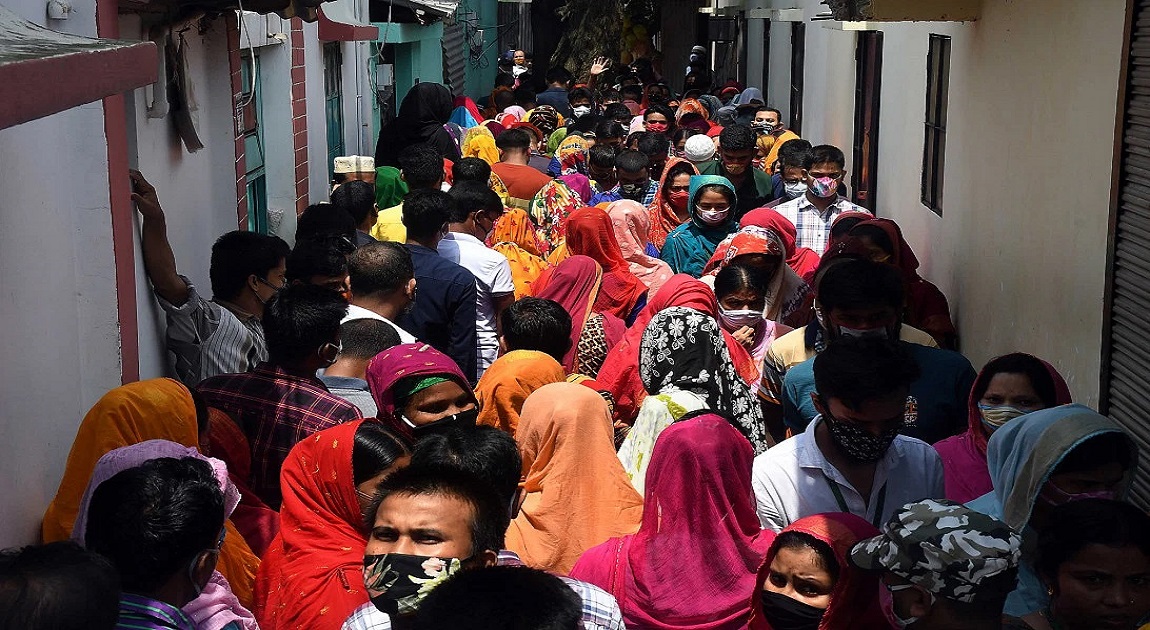

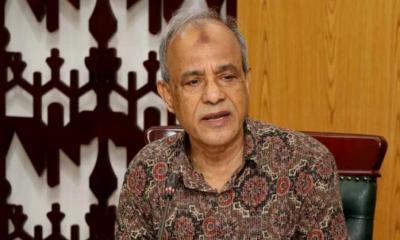
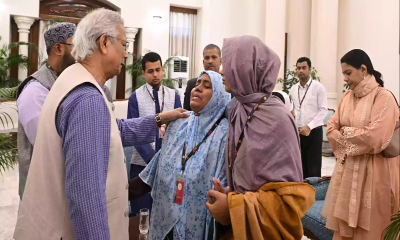

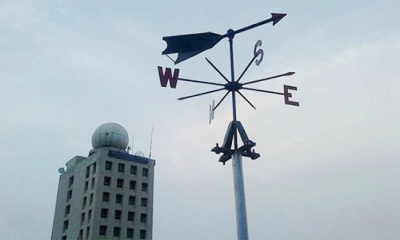
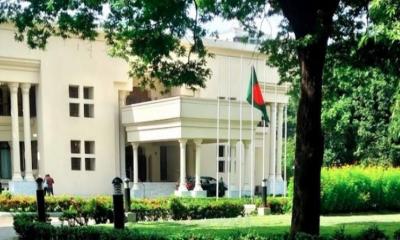
-20251212132043.webp)
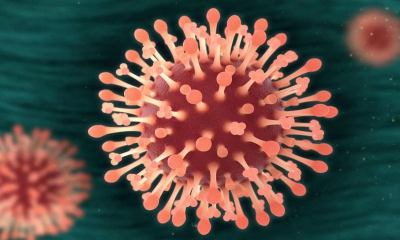

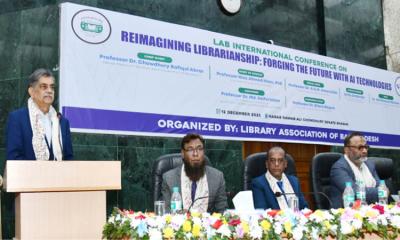
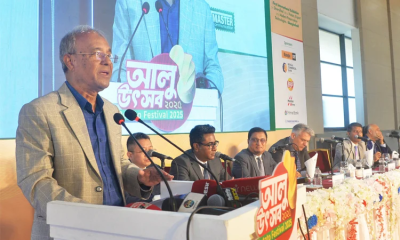
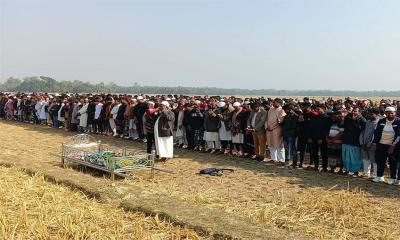
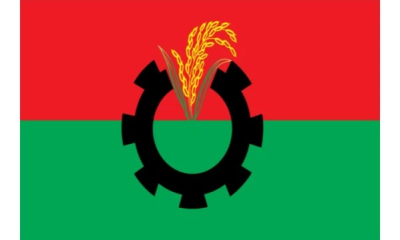





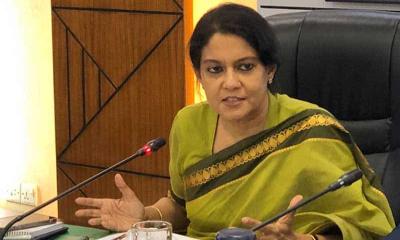

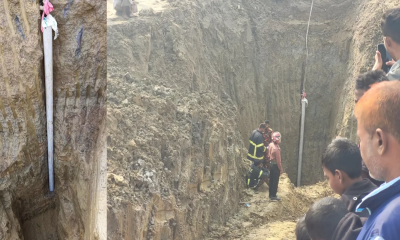
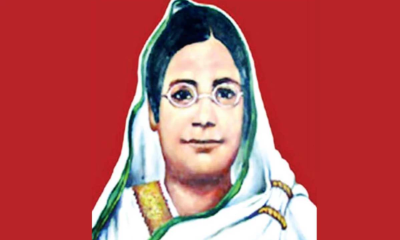


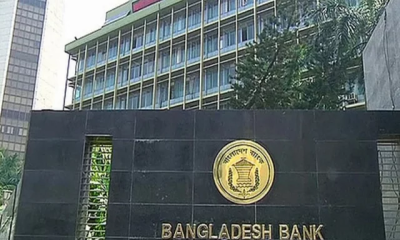

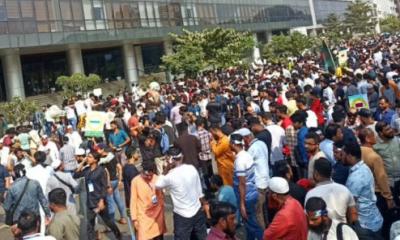
-20251207131533.jpg)

